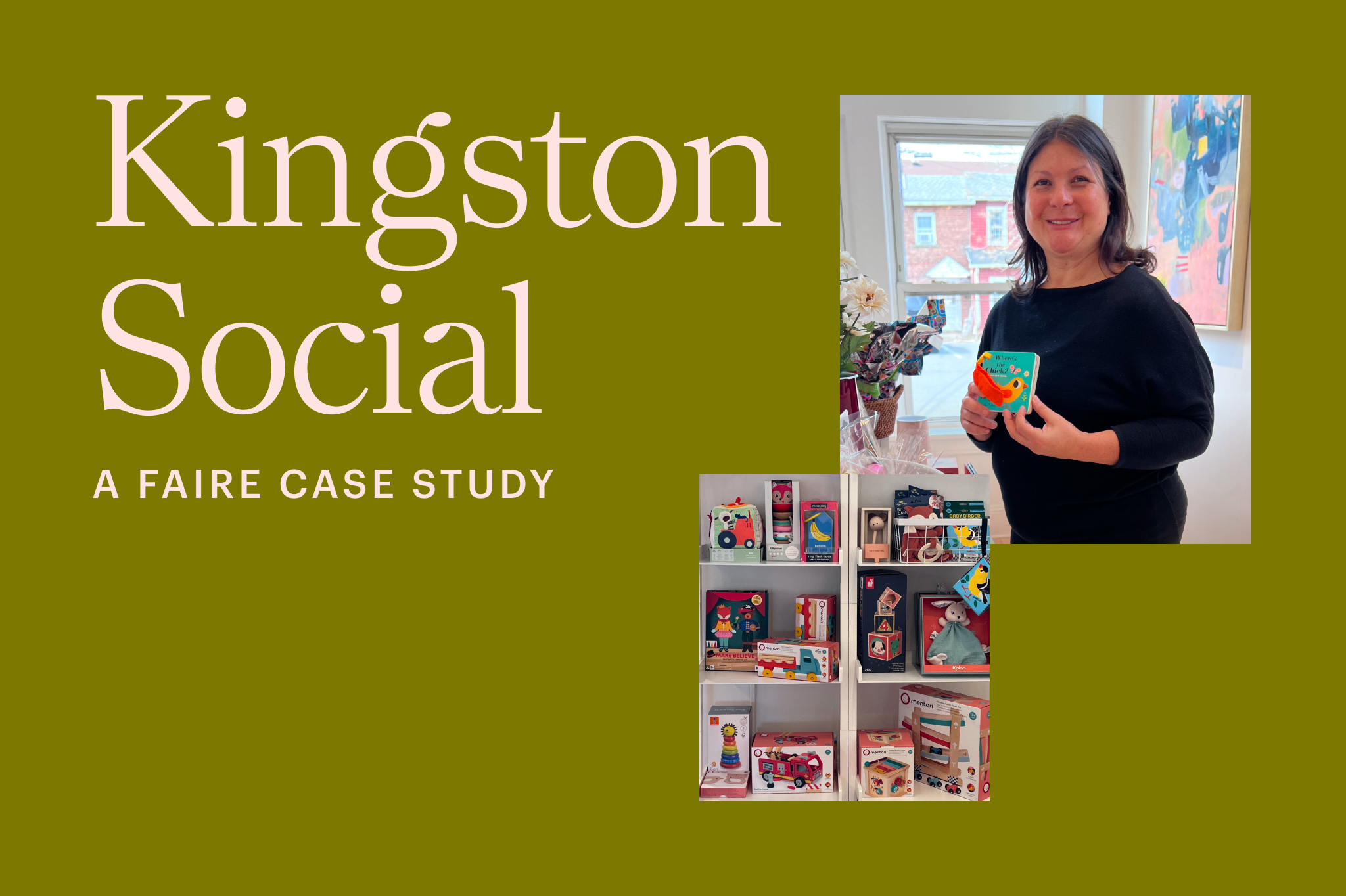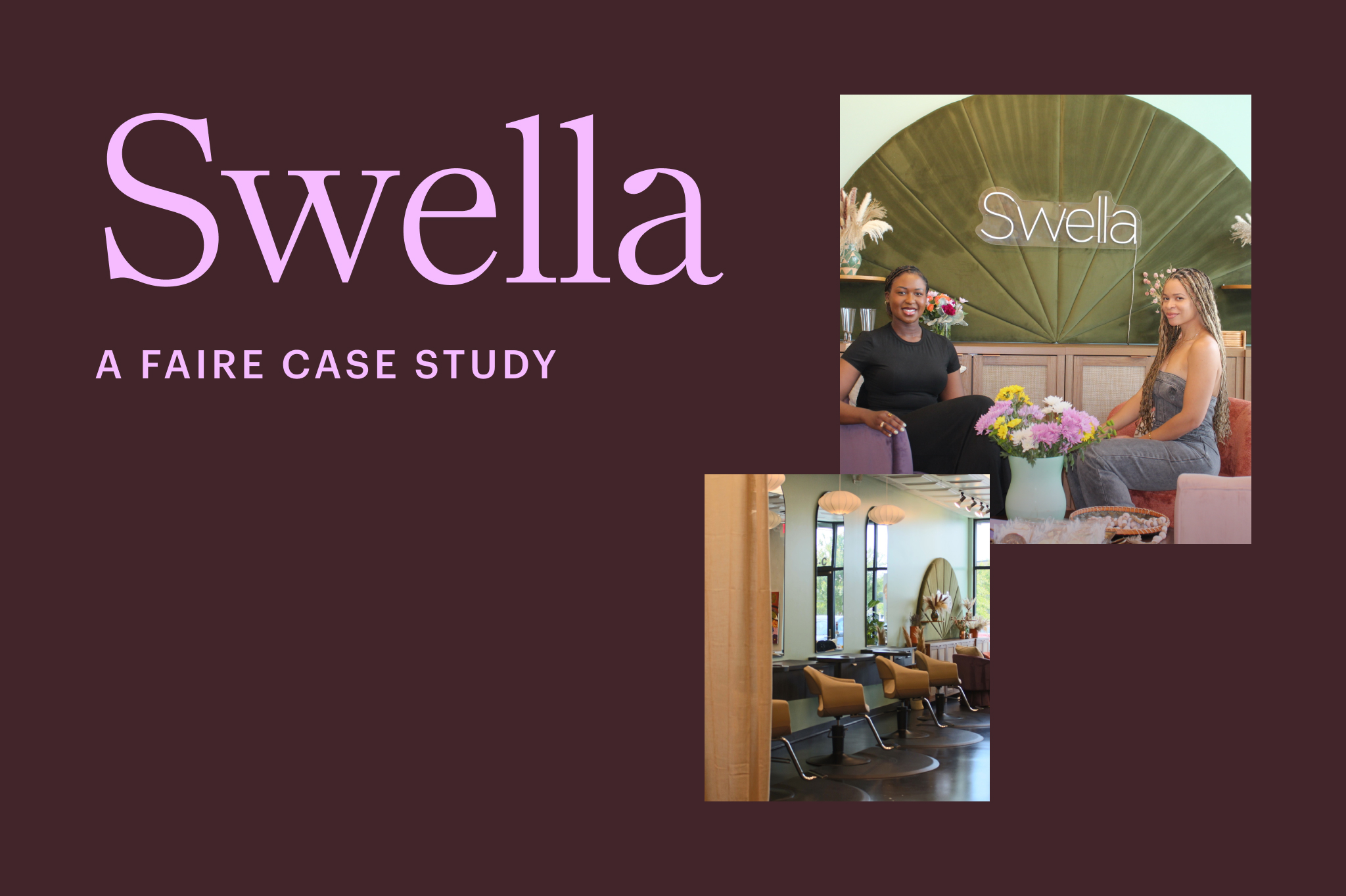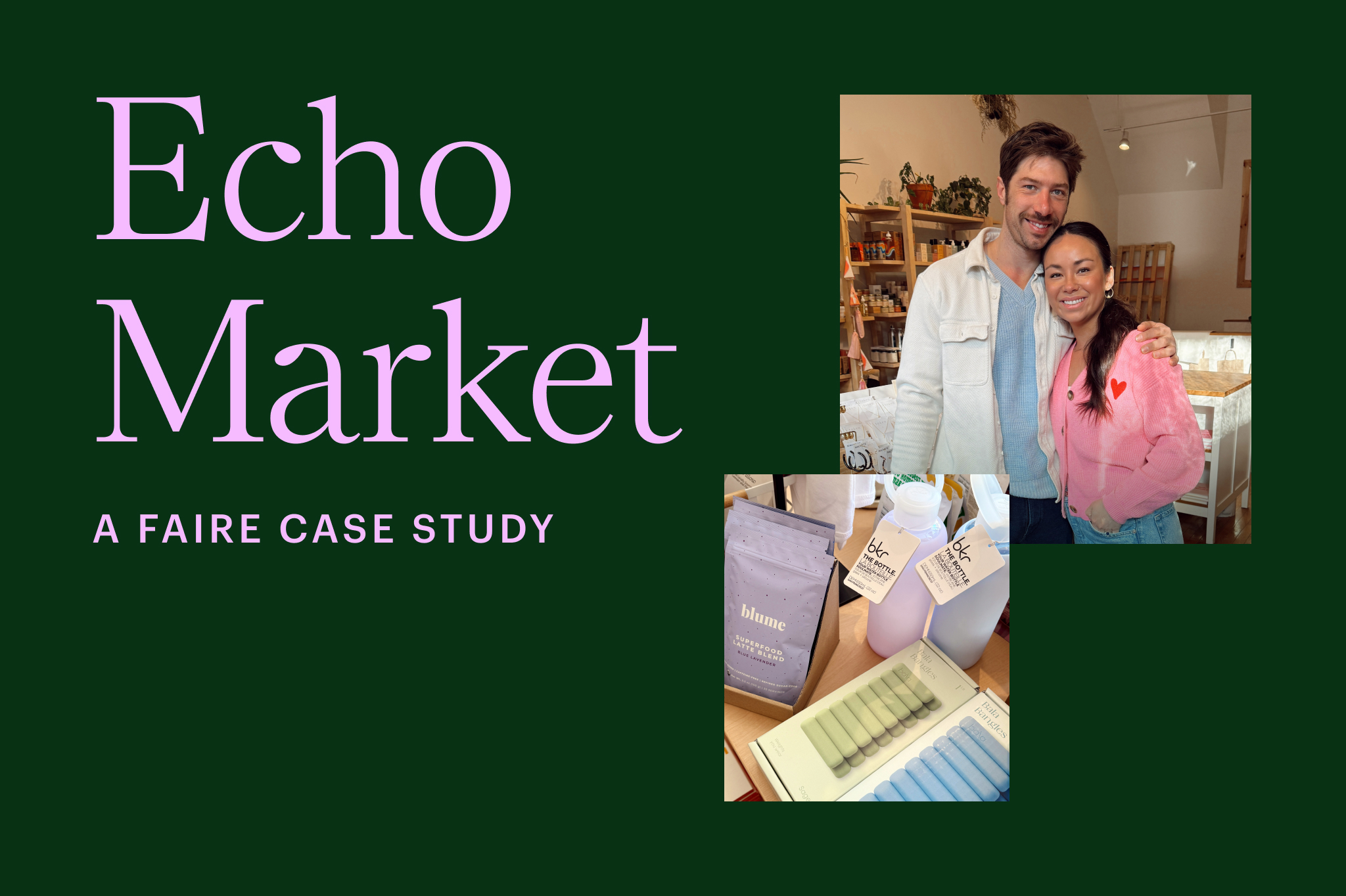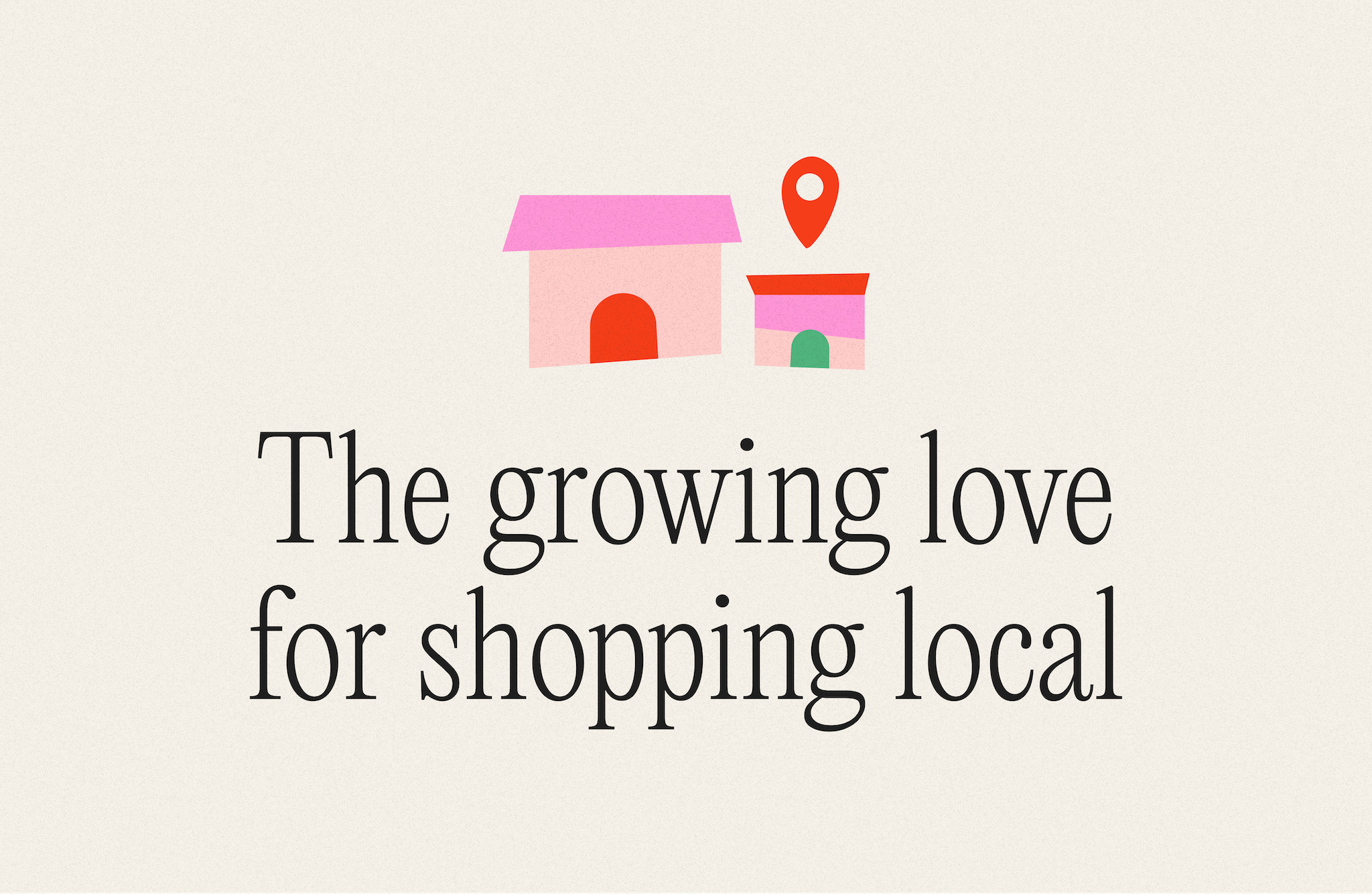

In uncertain, unstable, or economically tight times, shoppers reassess their spending priorities. Today’s consumers have a laundry list of considerations when deciding what to shell out for. Is my purchase affordable? Ethical? Original? Does it reflect my own taste or today’s trend cycle? But in our research into what drives today’s consumers, an unexpectedly powerful consideration has taken center stage: Does this purchase support a local business?
This focus is a value shift from the recent past. A few years ago, a booming e-retail sector and a brutal pandemic posed an existential threat to local stores, many of which were shuttered or struggling. Now, nearly 80% of consumers say their Main Street is growing or stable, with 66% saying they visit theirs a lot, reflecting both the determination of retailers and the support of American shoppers.
We surveyed 1,000 US adults to uncover how Americans feel about their local Main Streets, and it’s clear that there’s something in local shops that’s worth more to them: 63% of Americans are willing to spend more at local stores to ensure their survival, with nearly 80% of consumers willing to travel up to half an hour to make the visit. In such a competitive shopping climate, what’s compelling people to go the extra mile, and drop the extra funds, to shop local? And what can independent retailers do to make the most of it and better serve their communities?
Rebuilding the neighborhood fabric
Lifestyle shifts have led people to seek out, build, and support small-scale communities close to home, and Main Street retailers are the first port of call for this.
For many Americans, a vision of “the good life” is rooted in a local neighborhood. But in the US, our community fabric has been fraying in recent years—and it’s been happening alongside challenges to local retail, with big businesses vying for more market share.
As residents begin to connect the dots between local retailers and community fabric—realizing that local shops are often the heart of a neighborhood—they are changing the way they shop. Even in a time of low consumer confidence, the majority of Americans are willing to spend more—on average, $150 more a month—to keep their Main Streets thriving. They’re shopping locally not for convenience, proximity, or access to cost-cutting deals, but out of loyalty, with 75% saying supporting their local economy is the primary reason they shop local. And this consumer focus has the power to make real change: It’s why independent bookstores, once at risk of going extinct because of Amazon, have grown for the second year in a row.
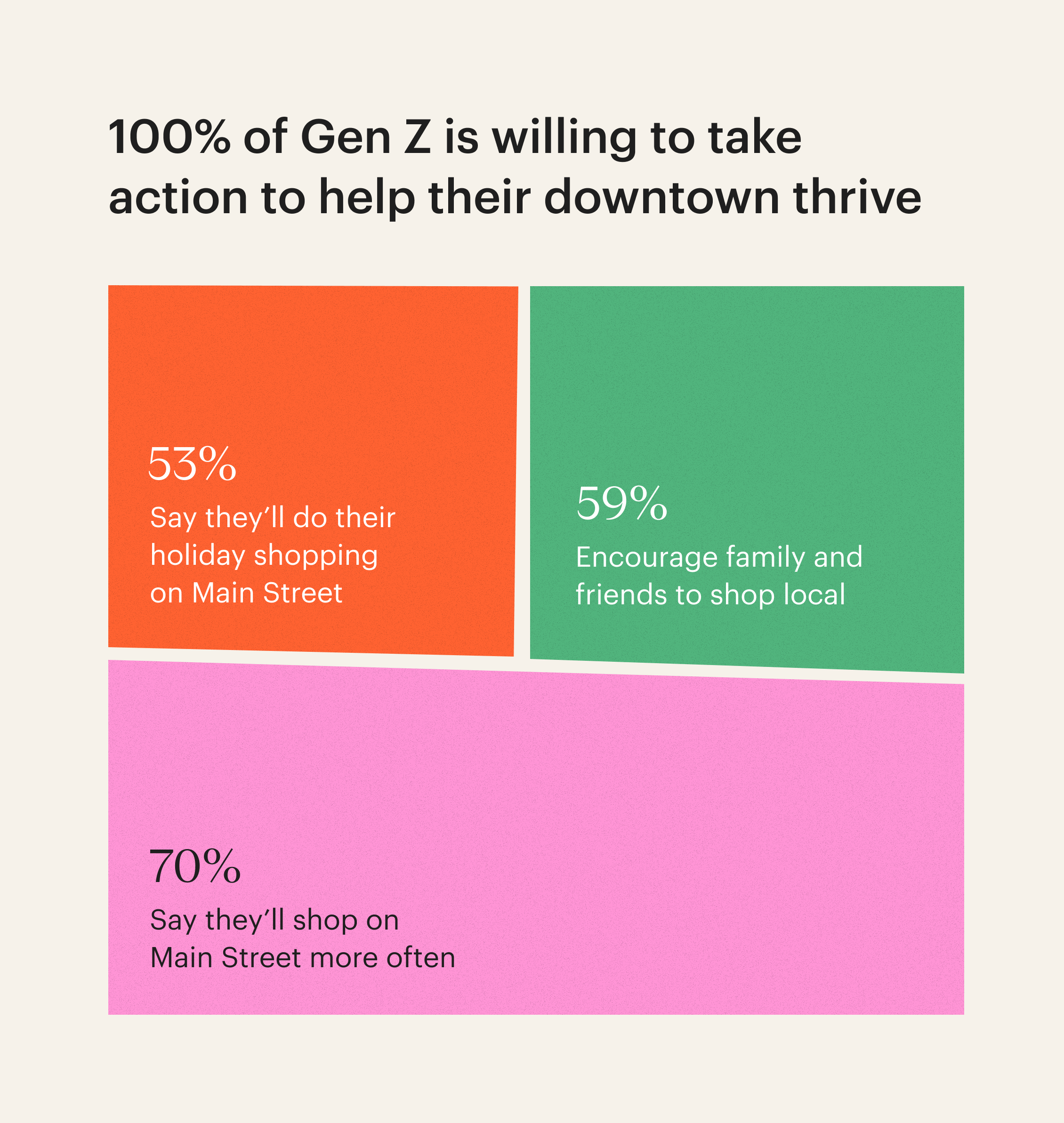
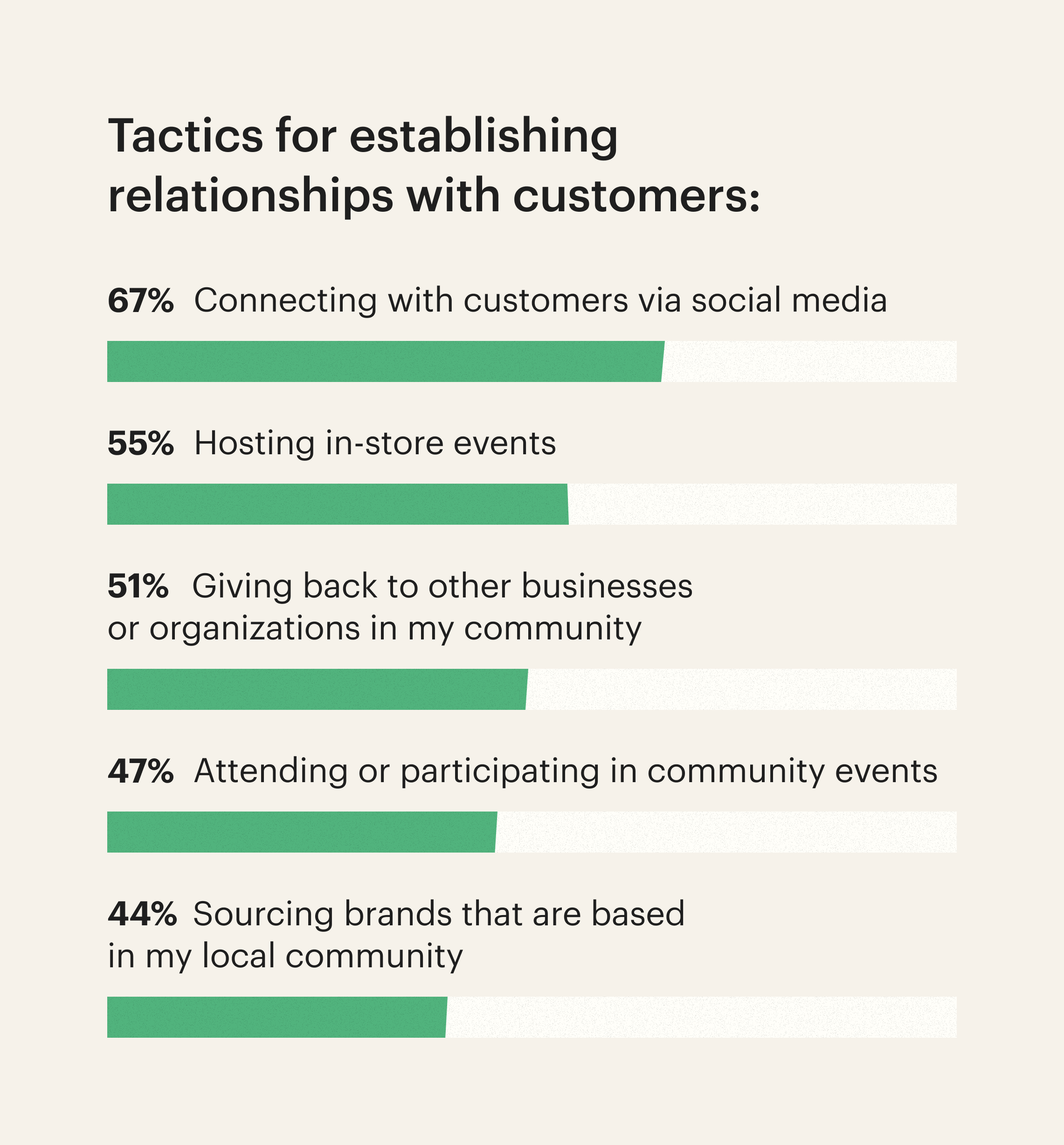
Unsurprising, then, that independent retailers have found success in emphasizing this circular economy: showing that every purchase with their local shop has a knock-on effect on keeping the local community alive and well. Retailers are showing how they reinvest and share their success with local brands, makers, and creatives—whether that’s an Illinois record store that sells merch and music of local bands or a tea retailer in Georgia that stocks herbs grown on local farms.
It’s a powerful tactic to increase foot traffic, with 39% of retailers partnering with a local business to increase sales. Partnerships often take the form of cohosted events where retailers’ offerings intersect well, like a bookstore and coffee shop collaborating on a book club night. But they extend far beyond events into wider marketing plans—like shared loyalty programs between shops with complementary products, as with a coffee roaster and the local ceramics shop with perfect mugs.
But beyond increasing foot traffic, this focus on the neighborhood is also a means of really connecting with customers. When it comes to tactics for establishing relationships with their customers, 44% of retailers source brands that are based in their local community, using their shops to platform local makers and suppliers. And 51% cement this customer connection by giving back to other businesses or organizations in their community, whether that’s sponsoring a local sports team or fundraising for a local charity.
Neighborhood fabric: Tactics to try in your store
1. Give back to other businesses or organizations in your community. Donate a portion of proceeds to a local charity, starting with an in-store benefit or booth at a local market to kick off fundraising. Sponsor a local initiative, from a community sports team to a food bank. Think about what skills or expertise you have in-store, from sewing to upcycling, and offer to host upskilling workshops for local nonprofits.
2. Source and stock local brands. Find creative ways to merchandise local goods and their associated narratives so shoppers can more easily discover them. Try not only displaying local brands but using them in your shop’s own decor and setup. Go a step further by hosting local makers for in-store demos.
3. Partner or collaborate with other local businesses. Cohost events, think about how products could work well together, or create shared loyalty programs that help customers see how your whole local shopping ecosystem works well together.
2. Making shopping social
Local, offline shopping is increasingly leaned on as a social, interpersonal experience, with independent Main Street shops better positioned than big-box retailers to fill this role.
Part of this desire for a strong “neighborhood” is the desire for a stronger social fabric—and in recent years, Americans have been leaning on local shops as core spaces for socializing. As noted in Faire’s earlier report on “serendipity in retail,” a decline in traditional community spaces—places of worship, community centers, libraries, and so on—has meant that retailers have moved in to fill the void. Now that retailers are doubling as social hubs, shoppers looking for entertainment, community, and bonding are willing to pay more to keep local shops thriving.
Much of this socializing is passive or unofficial—think artisan shops that are fun to browse with friends or cafés that offer an excuse to meet up. But today’s shoppers are also more willing to ask for an official social affair, with 45% saying their ideal Main Street would have shops that host interactive activities, like candle-making, painting, or pottery.
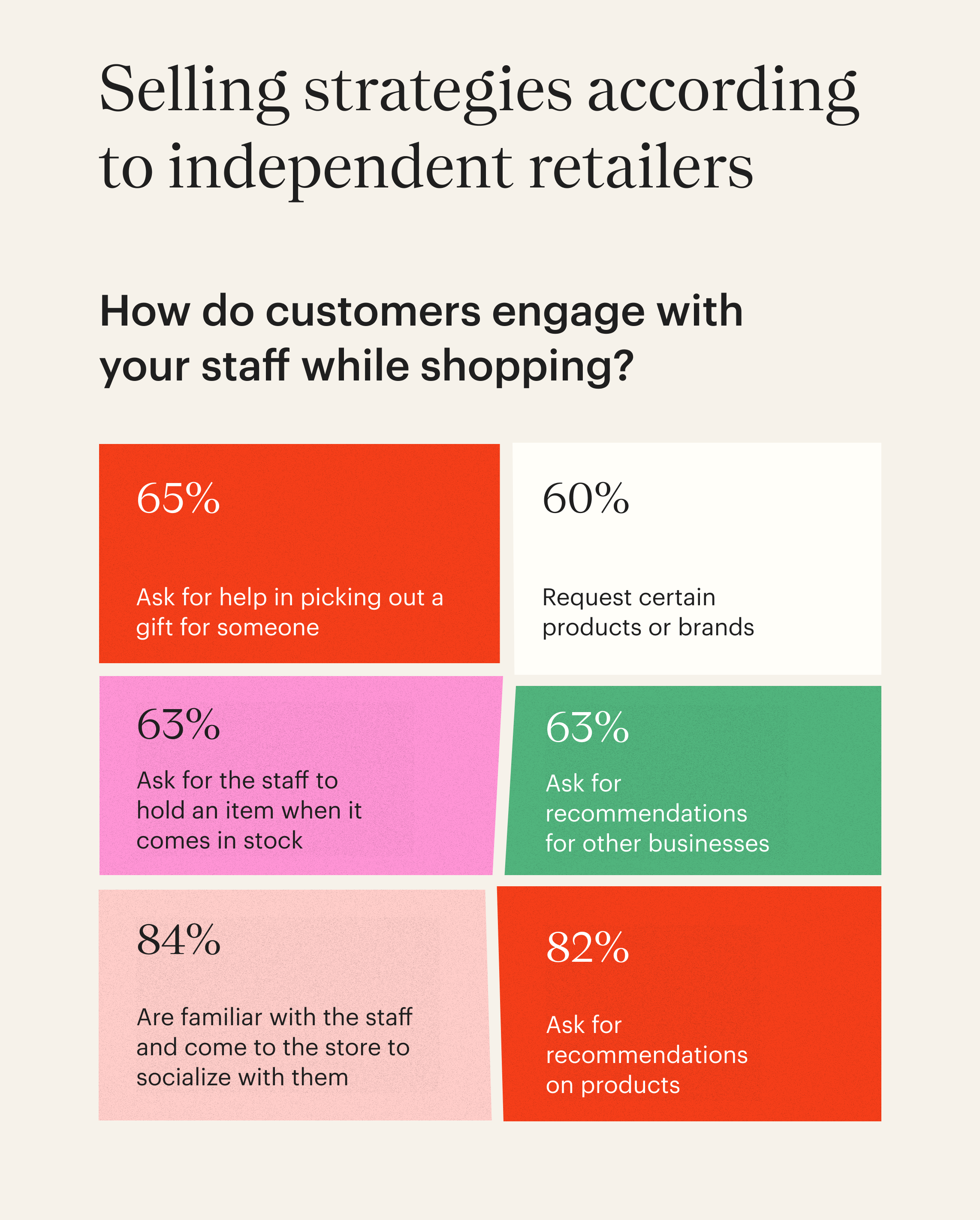
Retailers themselves have found success by catering to this desire. Fifty-five percent have established relationships with local customers by hosting in-store events where people can linger together, rather than having time in-store be purely transactional—whether that’s a Taylor Swift and Football–themed party on the eve of the big game or an in-store pop-up that platforms other local designers.
As stores are increasingly treated as social spaces, they are also changing what consumers want and expect from staff. The most common staff interaction is to consult on gifts (87% of retailers), but a close second is pure human connection, with a full 84% of retailers saying shoppers who are familiar with staff come into the store to socialize with them. As local staff come to be seen more as key community members than salespeople, independent retailers are leaning into this by attending or participating in community events themselves. For these retailers, social events that might come naturally to them—from having a booth at a community fair to hosting a craft workshop—are doubling as powerful ways to show embeddedness in the social fabric.
Make shopping social: Tactics to try in your store
1. Host in-store events. Using events to make your shop itself a neighborhood socializing destination can be simple and low-cost—like hosting a “swap party,” where visitors leave unwanted books, crafts, or clothes and pick up items someone else no longer needs. Or they can be more elaborate, like formalized workshops teaching people how to make the most of your stock—from flower-arranging workshops for a homeware shop selling vases to bespoke skincare consultations for beauty brand stockists.
2. Attend or participate in community events. These could be events explicitly about community socializing, like local fairs or community councils. But they could also be interest-based events that dovetail with your business—a book and literary fair for stationery shops or interior design events for homeware retailers. Look to community center bulletins and neighborhood groups on social media—whether on major platforms like Facebook or ones like Nextdoor that explicitly help people plug into local happenings.
3. Educate staff about products and brand stories. Given that shoppers view shopkeepers as curators and experts, it’s important for staff to be educated on the products in-store. This could mean facilitating Q&A sessions between brand founders and your team, or having employees try out products. This way, they have a point of view on how your shop’s products might appeal to someone who’s gifted them—and can answer specific questions, like what product combinations work well together.
The search for meaningful purchases
In today’s shopping climate, the story around what we buy holds more weight than ever, and local shops are sought out for the storytelling inherent in their curation, care, and specificity relative to big-box retailers.
Particularly in a climate where people aspire to spend less, there’s more pressure on the purchases they do make to feel meaningful. Local, independent shops are well set up for this, in part because they’re able to offer much more tailored curation than big-box retailers. This curation is a powerful driver for sales, with 59% of independent retailers saying strategic in-store merchandising has been the biggest contributor to an increase in sales, and 84% saying their curated product selection is the way they differentiate themselves from national chain shops or e-commerce chains.
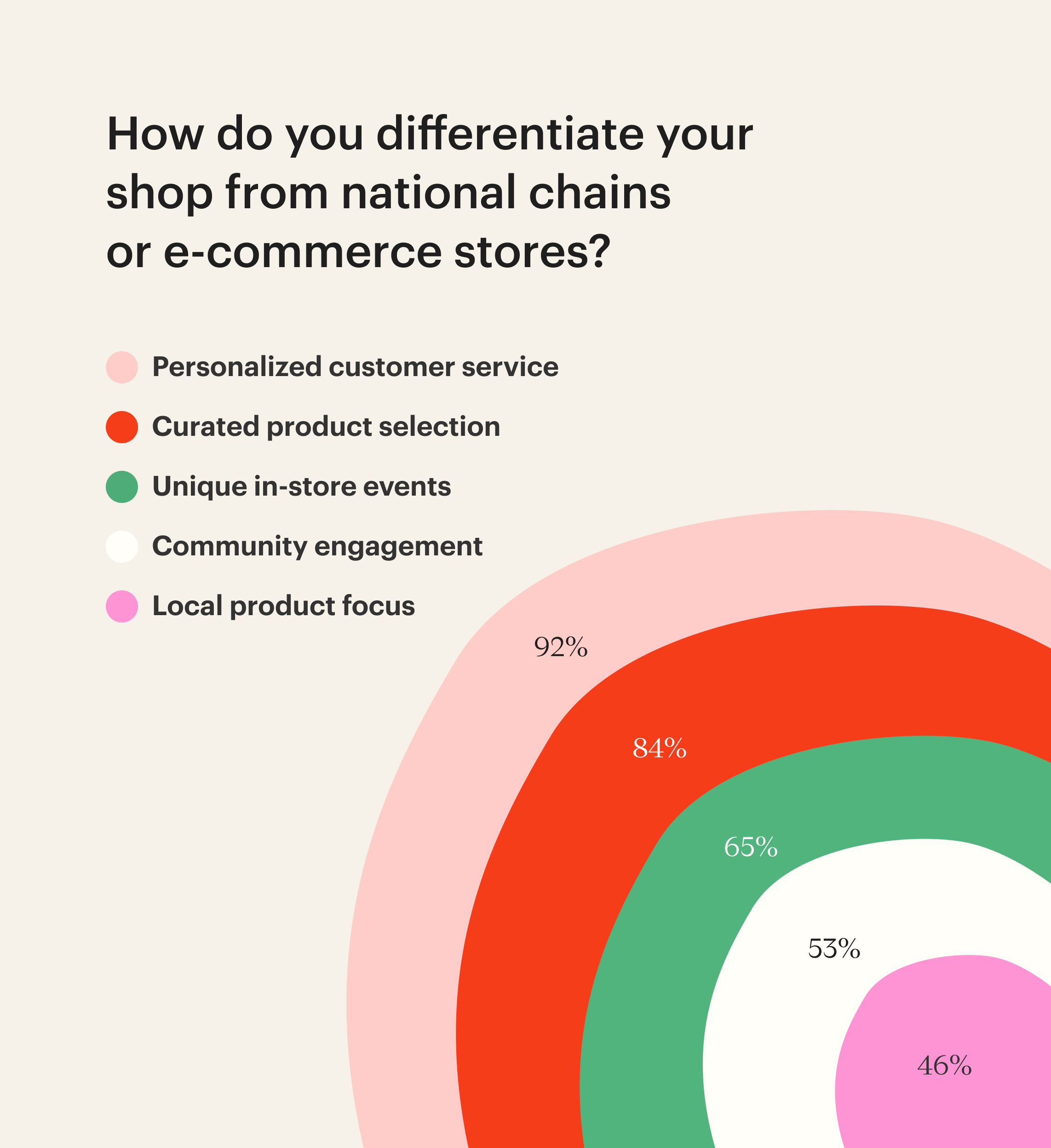
Beyond giving shoppers access to uniqueness, independent retailers make for meaningful purchases by bringing shoppers closer to the stories and values of their products—whether that’s through featuring founders’ stories or having shorter, more transparent supply chains.
This focus on meaningful purchases has been brewing for some time, in a busy shopping landscape where it’s harder to stand out. Even luxury purchases—the former go-to way to make a purchase feel special—have become saturated, with more luxury goods sold across low-, mid-, and high-income shoppers.
Particularly among young shoppers, who’ve grown up with e-retail dominating their shopping experience, there’s a sense that it’s harder to find things that feel inspiring and harder to develop your own personal sense of taste and style separate from product recommendations by platforms and influencers. This explains why Gen Zers visit their Main Street more than any other generation, with 59% saying they shop local to access more unique products. As big-box retailers struggle to match the curation and distinctive stock of their independent counterparts, “shopping local” has become shorthand for shopping meaningfully.
Give shopping more meaning: Tactics to try in your store
1. Shine a spotlight on curation. Independent retailers put more care into the products they’re bringing to their customers, and how items are displayed can nod to this. This could mean having a stand-out spot for the “rare find” or “hidden gem” of the week, or a corner of the store for items used and loved by the shop owner themself. Retailers can think about the way they source products and use their displays to tell this story—like organizing food products based on the regions they’re sourced from or arranging candles and home accents based on the moods they communicate.
2. Feature detailed product storytelling. This could be as direct as displaying title cards noting a product’s region of origin and a small biography of the maker, or including take-home certificates of authenticity with each product, featuring a brief description of the creator’s backstory.
Today’s consumer motivations paint a clear and hopeful picture for local retailers: People want a thriving Main Street, and they’re nominating independent retailers to deliver this.
With this goal in mind, retailers can reflect on how they naturally fit into Americans’ vision of their ideal Main Street. How can they show their connection to the neighborhood, from stocking local makers to partnering with other local businesses? How can they make their retail experience more social, from holding in-store events to hosting interactive activities? And how can they make the purchase experience feel even more meaningful, from highlighting the uniqueness of the products they stock to detailing the stories of their products’ origins?
With American shoppers motivated and ready to protect Main Street, there’s a powerful opportunity for local retailers to serve their customers by finding creative ways to share in this goal.

